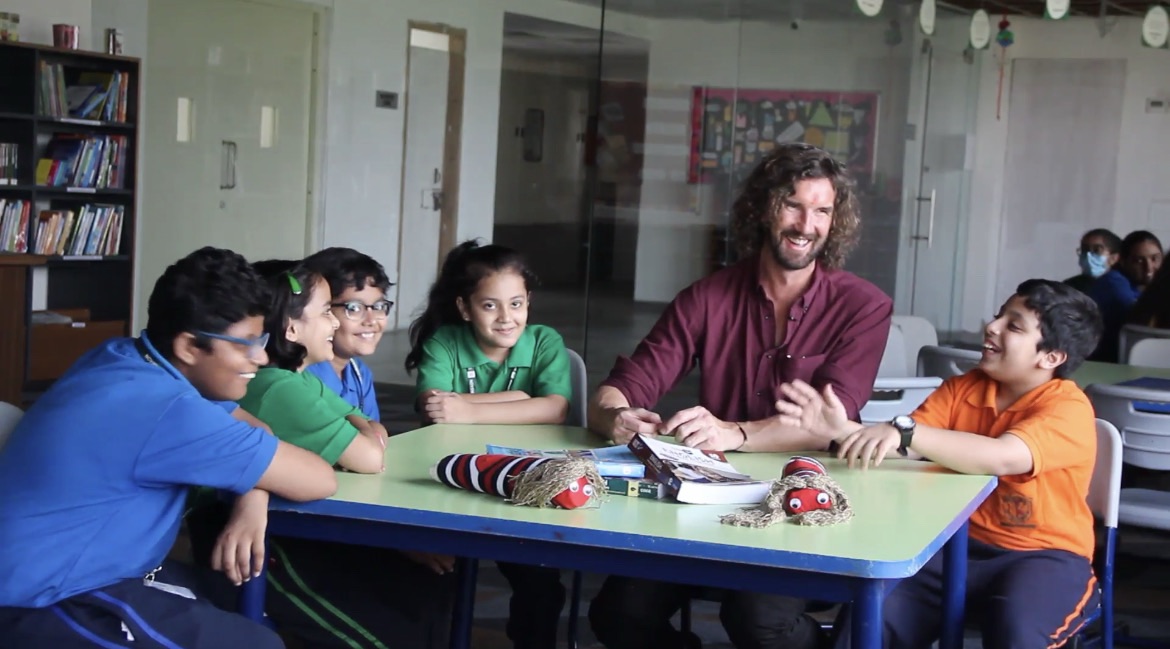When we model behaviour, when we model how something ‘can’ be done, we set expectations for our children, we show them that it is possible and along the way, we build connections and are able to observe what our children can and cannot do.
Before I sat down with my little friend here I said. “Come on let’s draw a lion.”

Her response was “But I don’t know how to draw a lion.”
And that sets you up for the perfect response. “Well, I’m going to try and draw a lion and maybe you can try with me.”

And step by step, I drew my lion and she watched and tried to replicate every line, circle and dot along the way. While we drew and chatted, I re-enforced how well she was doing and I observed how she sat, how she held the pencil and listened to what she knew about lions.
By the end she’d done it, she’d drawn her first ever lion and I hadn’t touched her pencil once.
I said at the end “I thought you couldn’t draw a lion?”
To which she responded “I can now!”
And through this careful process of modelling, we can build trust, practice conversation techniques, but more than anything we establish a belief that anything is possible if we have a guide to follow.
Who’s your guide?
#teaching #education #montessori #parents










One Response
Remarkable point of view. An example for teachers to follow.